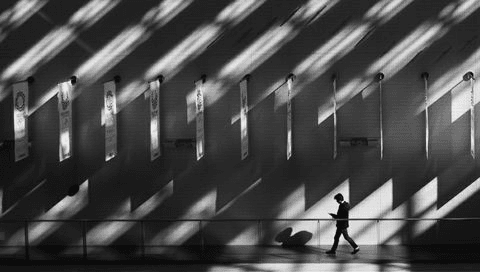The Federal Circuit recently vacated a summary judgment ruling of invalidity, holding that the district court erred in applying preclusive effect to the Patent Trial and Appeal Board’s unpatentability findings regarding other claims in the same patent. In doing so, the Federal Circuit reiterated that issue preclusion does not apply where the prior factual determinations were made under a lower standard of proof.
The claims asserted by the patent owner in the district court consisted of a subset of dependent claims from two patents that were previously challenged in inter partes review proceedings. While the asserted claims were found to be not unpatentable in the prior IPRs, the PTAB did find unpatentable each of the independent claims from which the asserted claims depend. Neither party to the prior IPR proceedings appealed the PTAB’s decision.
In district court, the accused infringer moved for summary judgment of invalidity, arguing in part that issue preclusion prohibited the relitigation of validity issues as to any limitations shared between the asserted dependent claims and the related independent claims found unpatentable by the PTAB. The district court agreed, limiting the invalidity analysis to only the limitations added by the dependent claims. The court ultimately found that the additional limitations were obvious in view of the asserted prior art and granted summary judgment of invalidity as to the asserted claims.
On appeal, the Federal Circuit relied on two of its recent decisions—ParkerVision and Kroy—in concluding that the district court’s application of issue preclusion was in error. In ParkerVision, the Federal Circuit held that issue preclusion did not bar validity testimony as to the asserted method claims where the PTAB had previously found the apparatus claims of the same patent to be unpatentable. And in Kroy, it held that issue preclusion did not apply to the asserted claims even though they were “immaterially different” from those the PTAB had found unpatentable. In both decisions, the Federal Circuit clarified that the district court had erred by relying on the factual determinations made by the PTAB because a “well-known exception” to issue preclusion is where “the second action involves application of a different legal standard.” As the Federal Circuit explained in this appeal, the PTAB’s factual findings related to unpatentability should not be given issue-preclusive effect by district courts because “the standard of proof for unpatentability in an IPR (preponderance) is less than that for invalidity in district court (clear and convincing).” Because the district court in this appeal had improperly relied on the PTAB’s unpatentability findings as to the limitations shared between the independent and dependent claims, the Federal Circuit vacated the grant of summary judgment and directed the district court to revisit whether the prior art rendered obvious all limitations in the asserted claims, without considering the PTAB’s unpatentability findings.
Practice Tip: Parties should be aware that factual findings related to unpatentability determinations made by the PTAB during an inter partes review proceeding will not be afforded issue preclusive effect in the district court, even where the claims are related between the IPR and district court proceedings, because the PTAB requires a lower standard of proof than the district court’s clear and convincing evidence standard.
Inland Diamond Prods. Co. v. Cherry Optical Inc., 2025 WL 2921531 (Fed. Cir. Oct. 15, 2025)



